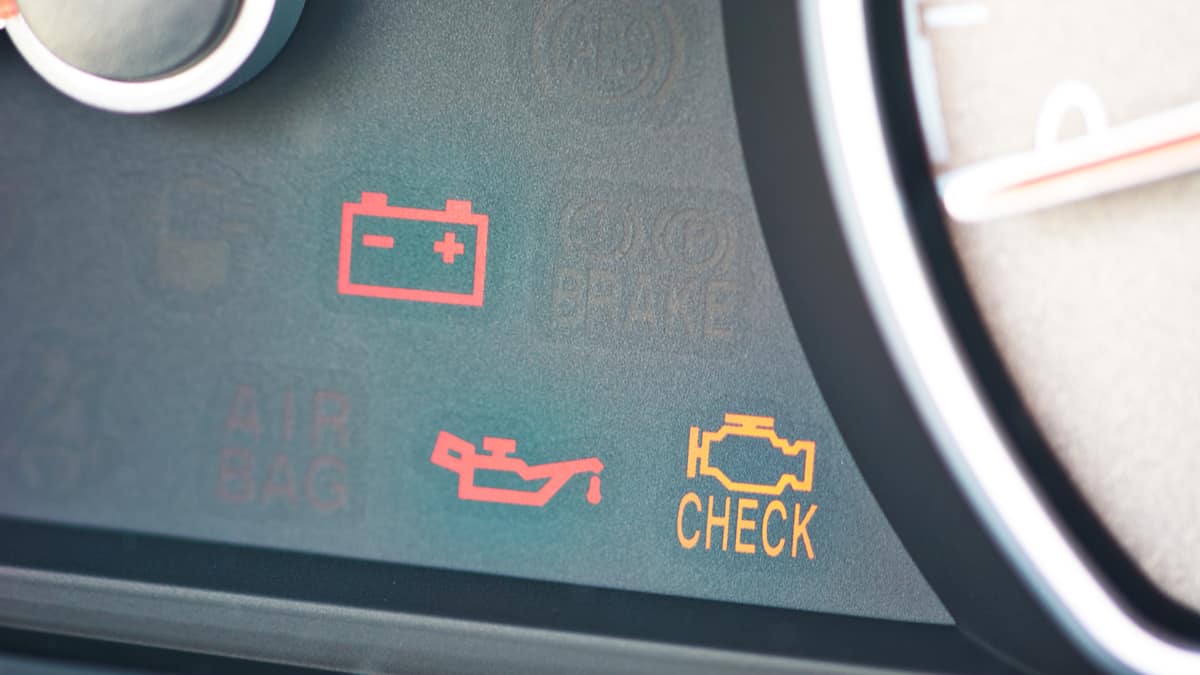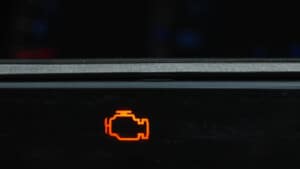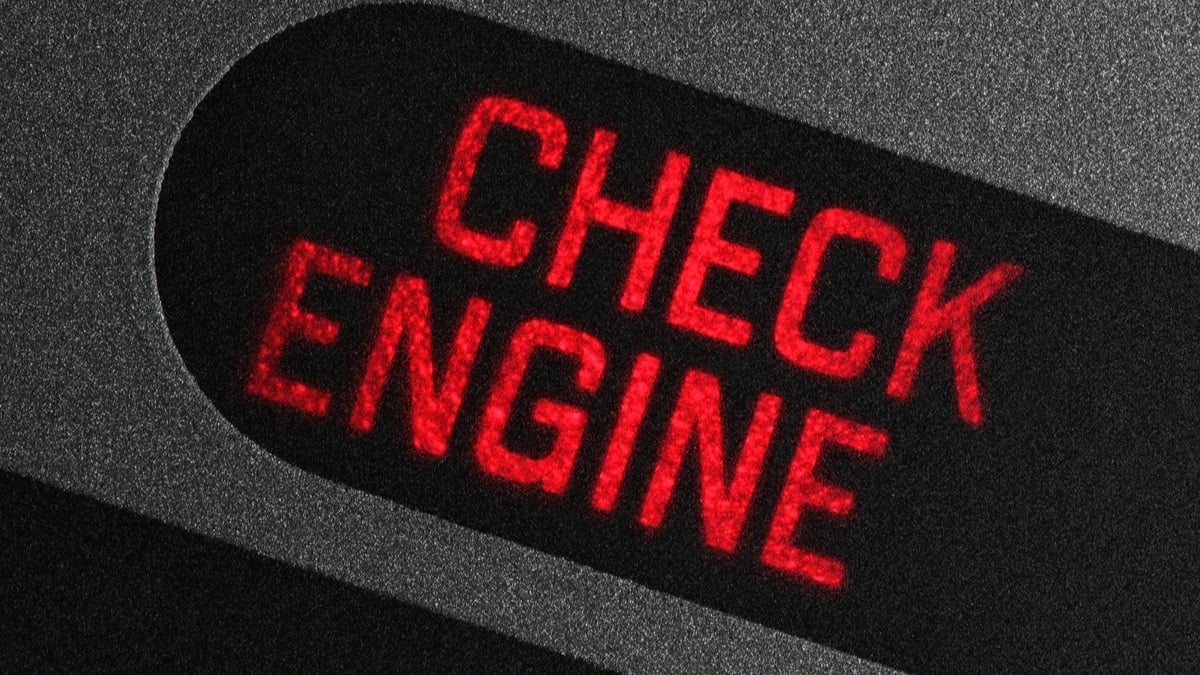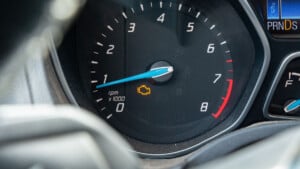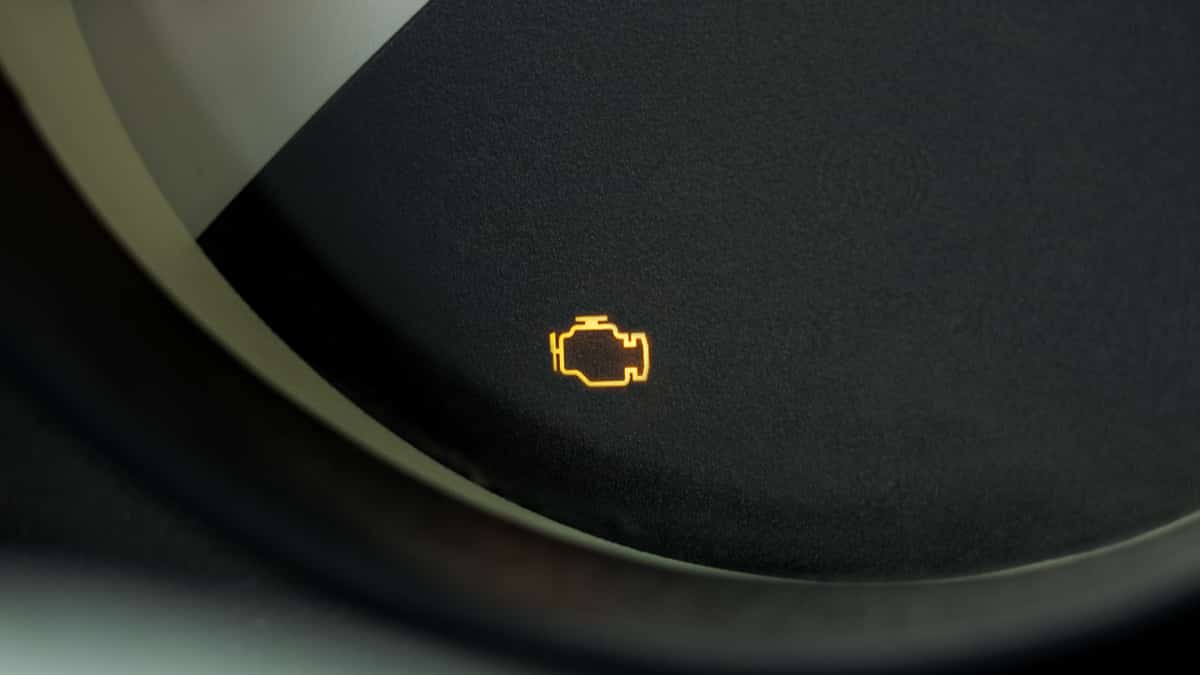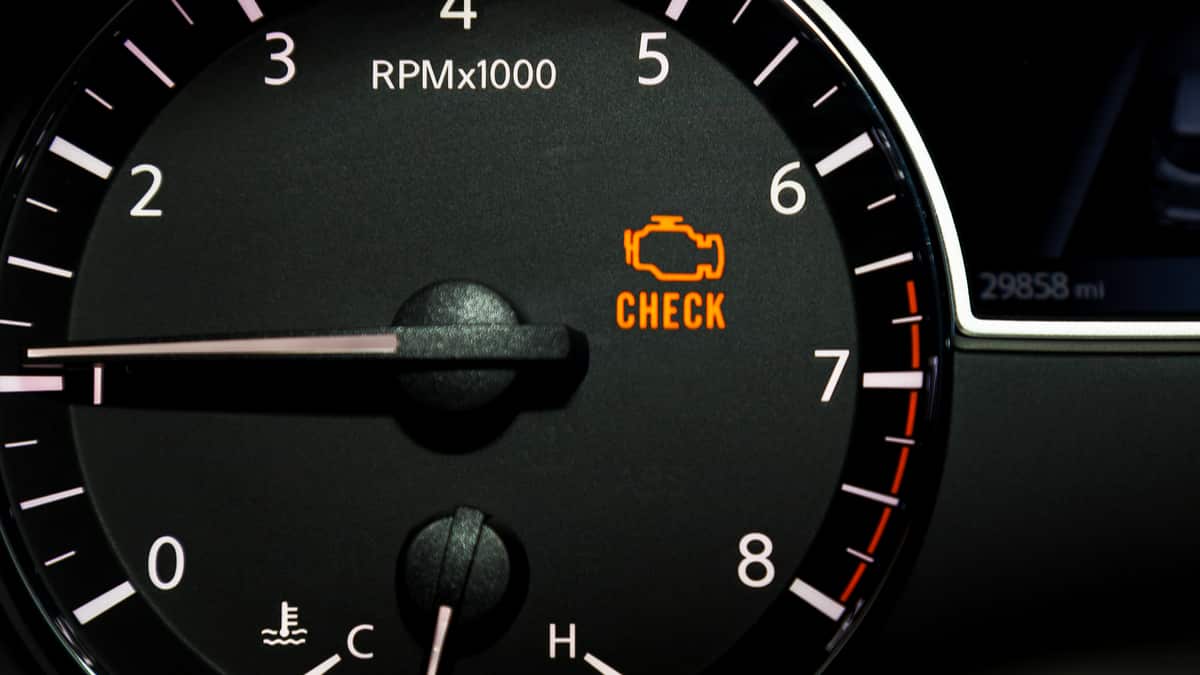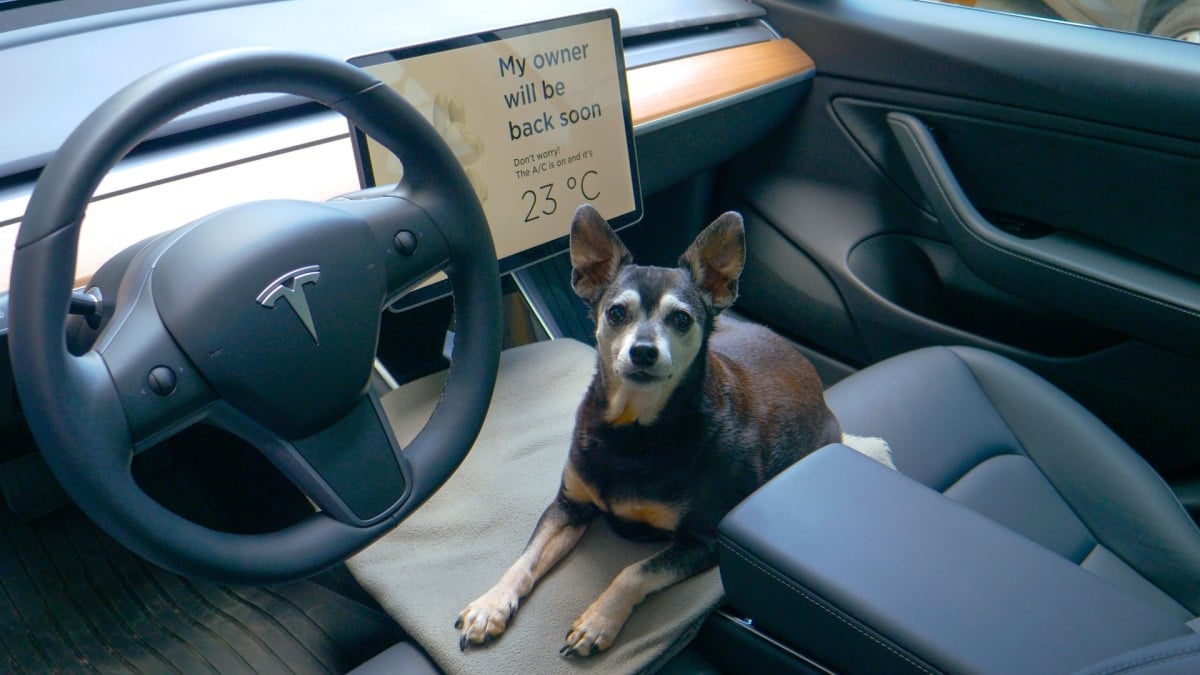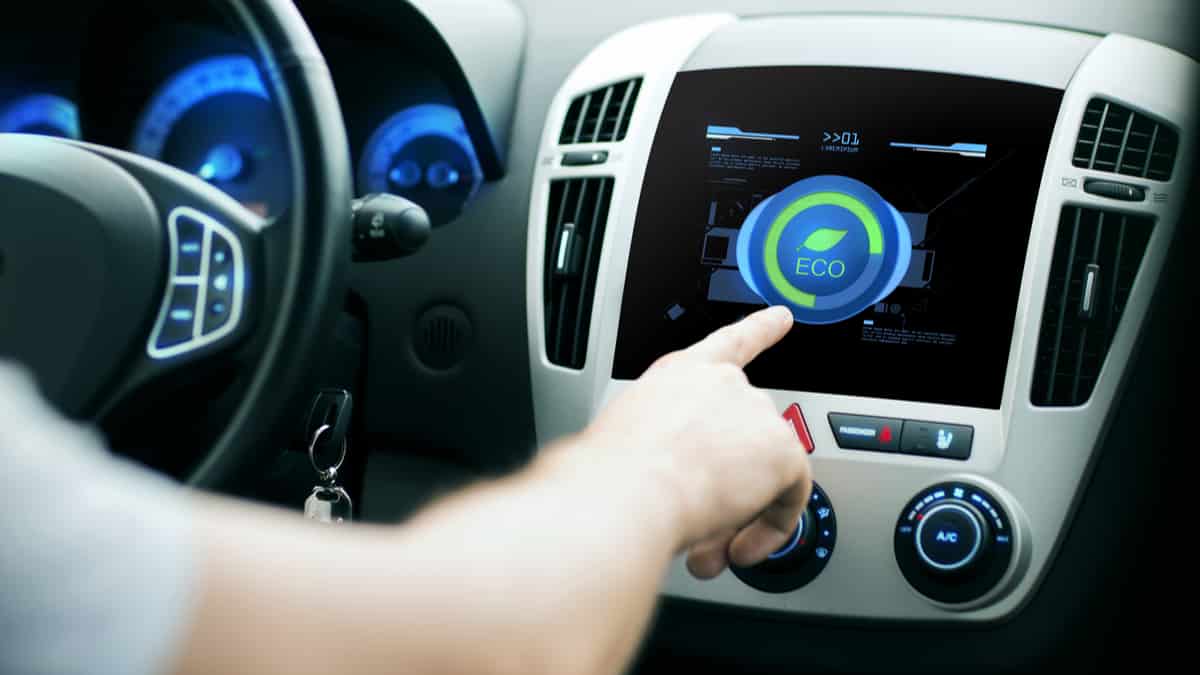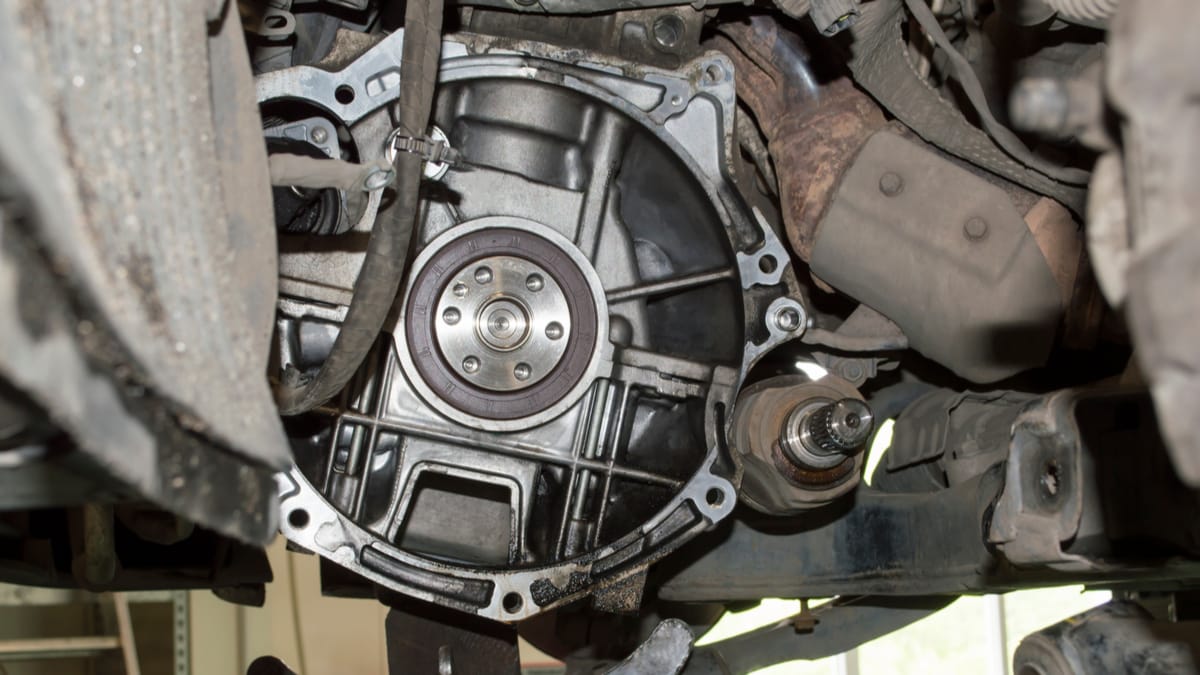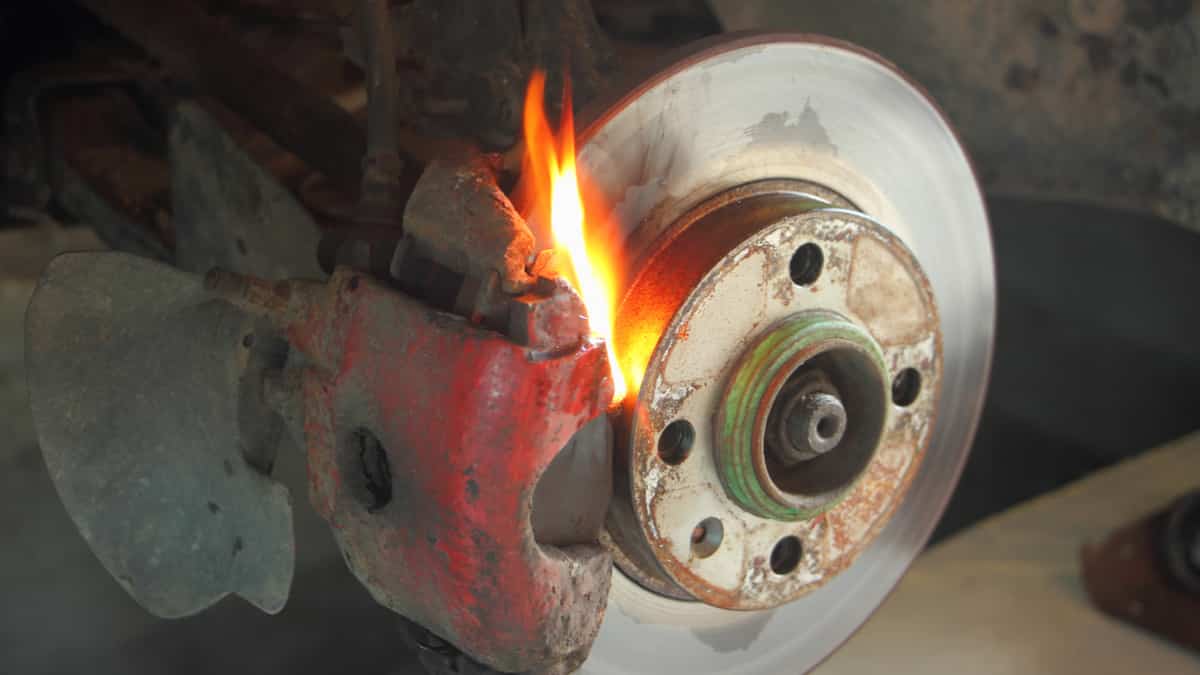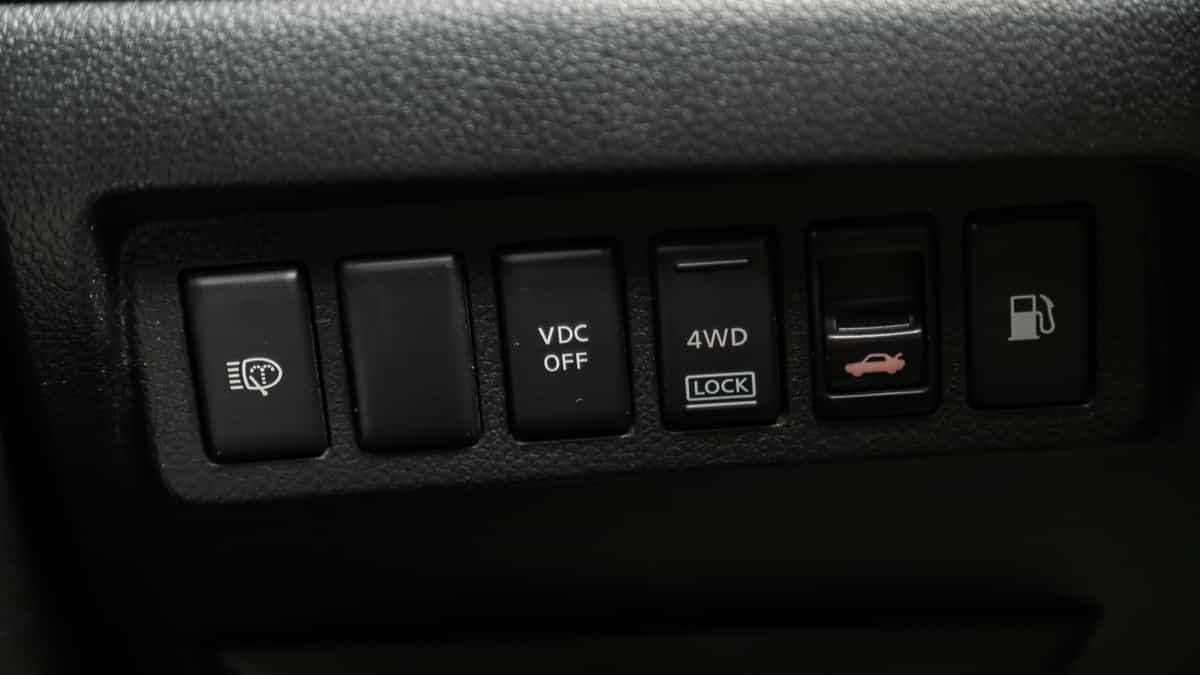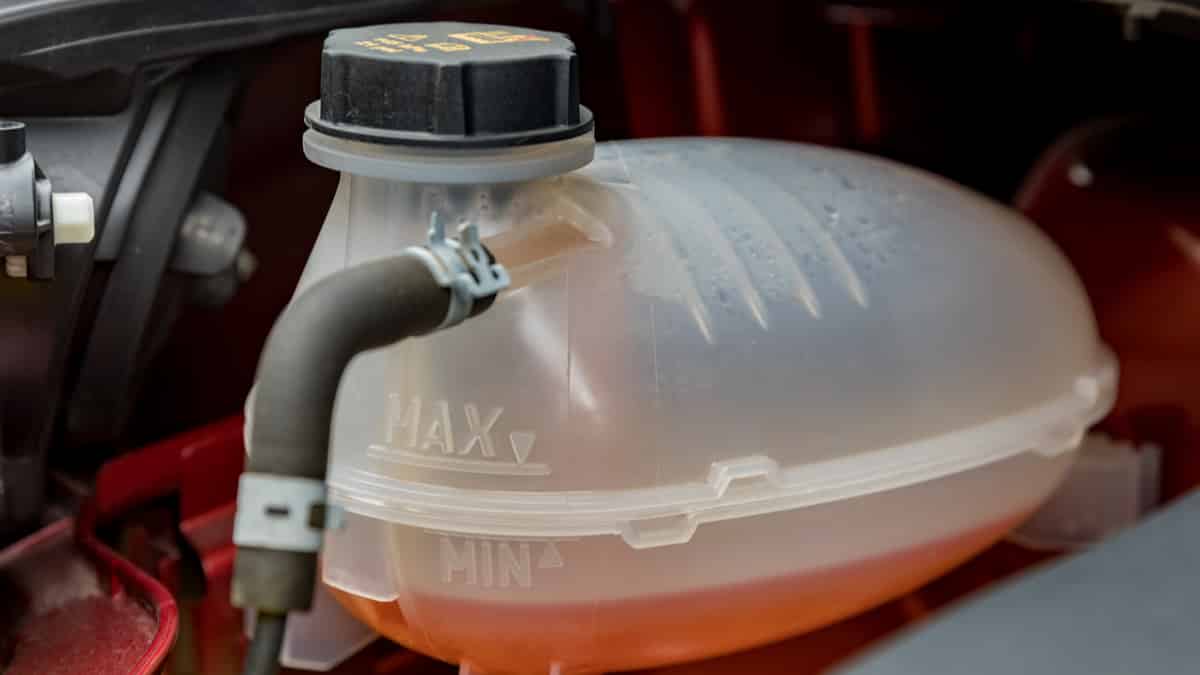You’re driving down the road, pushing the pedal to the floor, and your car just won’t respond. You pull to the side of the road and put it in Park, only to realize that your car has gone into limp mode. But why is that happening, and how much will it cost to fix the limp mode issue?
In this article, we’ll explore what limp mode is, identify its symptoms, and suggest some straightforward solutions. Additionally, we’ll offer advice on preventing your car from entering limp mode in the future. Read on to discover more!
What Is Limp Mode?
Limp mode serves as a protective mechanism for your vehicle’s engine and transmission. When the engine or transmission control unit detects a faulty parameter from either system, it activates limp mode to prevent further damage to the engine.
Limp mode often reduces power and limits the engine RPM to make it safe to drive your car to a mechanic without damaging the engine.
For example, if the engine control unit detects that your turbo boost pressure is 2.0 bar when the maximum boost pressure should be 1.3 bar, it could potentially damage your engine and therefore the engine control module will activate limp mode.
Many car owners don’t pay enough attention to the check engine light. So to protect the engine, the computer activates the safety mode by turning off the turbo boost completely and sets a max rev limit of 3000 rpm to make sure you don’t blow or damage any engine parts.
Limp Mode Symptoms
The most common symptom of limp mode is a check engine light on your dashboard. You may also notice reduced engine power, RPM limit, or that your automatic transmission won’t shift up.
Here is a more detailed list of the signs of limp mode to look for:
1. Check Engine Light
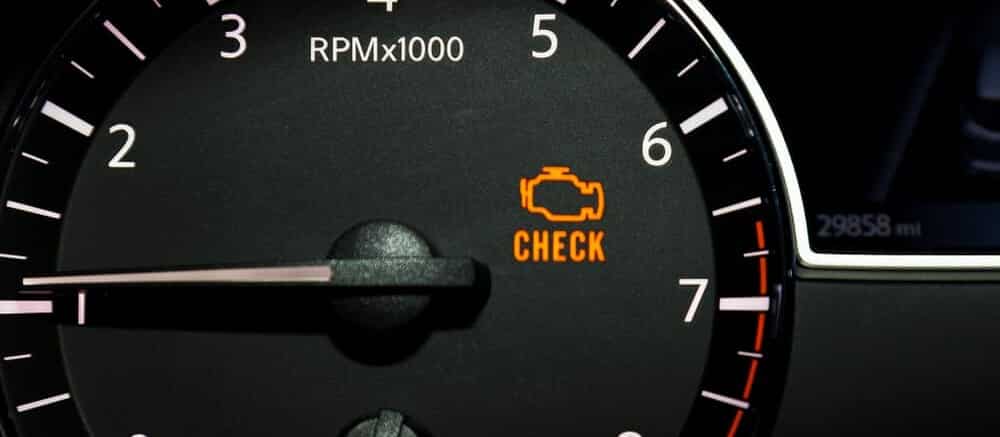
The check engine light is probably the first thing you will notice on your dashboard when the car is in limp mode. You often see this light along with an EPC light or a similar warning light.
However, a check engine light can show up for hundreds of different reasons, so just because a check engine light is showing on your dashboard doesn’t mean that the car is in limp home mode.
If the check engine light is on your dashboard, you need to check the trouble codes with an OBD2 scanner to figure out what’s going on.
RELATED: Check Engine Light – Meaning, Causes (& How to Fix It)
2. Reduced engine power
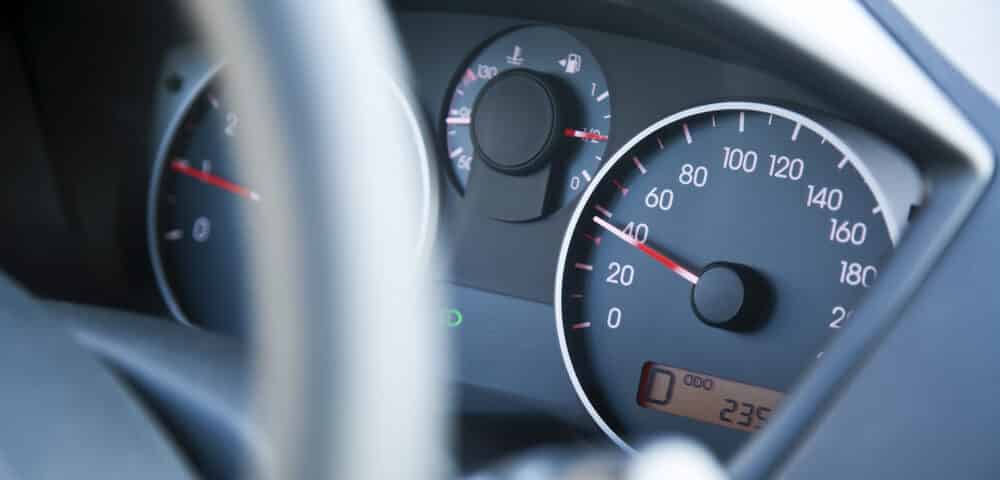
A very strong sign that your car is in limp mode is if you feel that your car has lost almost all of its power. This is because when your car is in this mode, the engine control module will cut off the turbo pressure to protect the engine.
Of course, not all engines have a turbocharger, but even if your car doesn’t have one, the engine control module will limit the engine’s output.
RELATED: Reduced Engine Power Warning (What Causes It?)
3. RPM limit lowered
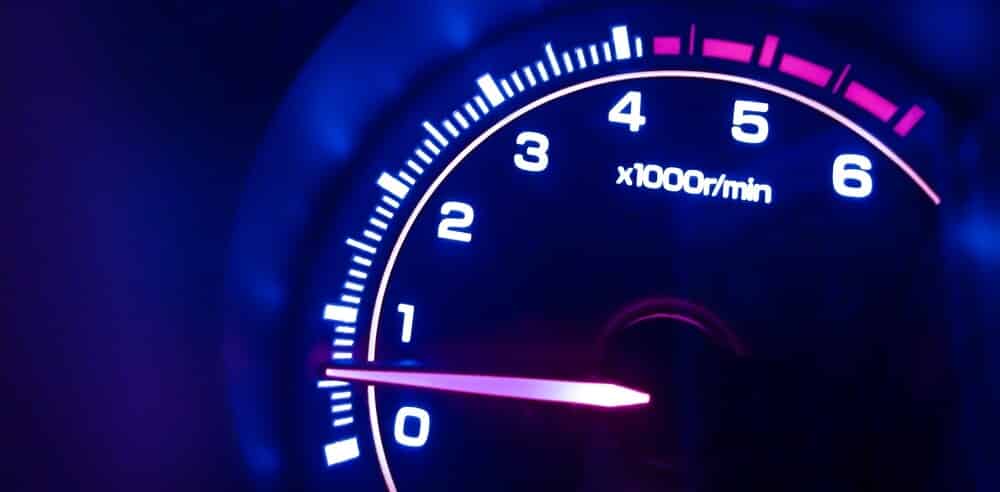
Another safety feature that your engine control unit uses when your car activates limp home mode is to lower the rev limit. If you notice that your car will only rev up to a specific RPM and then stop there, that is a strong sign that your car is in limp mode.
In most cases, you will find that your car engine will be limited to between 2500 and 3000 RPM when the car engages limp mode.
4. Stuck in Gear
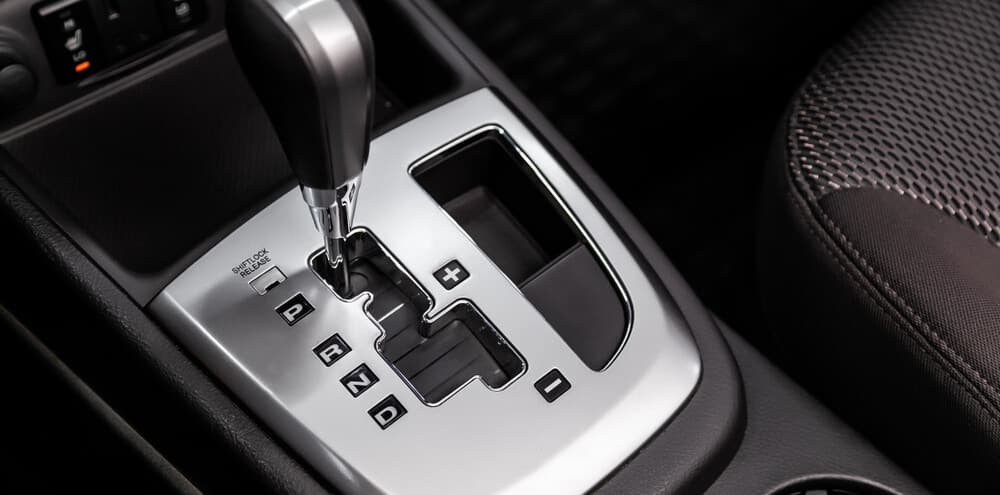
If your car has an automatic transmission, there are some signs you can look for to determine whether your car is in limp mode or not. The strongest sign is that your transmission will not shift higher than third gear. You may have noticed this if you are driving on the highway and the engine speed is very high.
If you notice that your transmission is locked and revs are limited, this is a very strong sign.
Limp Mode Causes
The most common limp mode causes are boost leaks, overboost, faulty engine sensors, transmission issues, or wiring issues.
Here is a more detailed list of the most common causes.
1. Turbo Boost Pressure
The most common reason why your car activates limp mode is that there is something wrong with the turbo charge pressure. Most often, this is because the boost pressure is too high. The car activates limp mode to prevent serious engine damage from occurring.
But it can also happen if the turbo pressure is too low or if it doesn’t build up the boost pressure as it should. The most common causes of boost pressure problems are a faulty turbocharger, wastegate, boost pressure sensor, boost control valve, or a boost pipe leak.
RELATED: 6 Symptoms of a Boost Leak (& How to Find it Easy)
2. Faulty engine sensors
Faulty engine sensors can also cause limp mode. Of course, there are many different sensors in a car engine that can cause limp mode, so it is not that easy to find out exactly which sensor is causing the problem.
Some of the common engine sensors that cause limp mode are the MAF sensor, engine temperature sensor, boost pressure sensor, O2 sensor, or MAP sensor. To diagnose which sensor you should take a look at first, read further down in the article.
3. Transmission Issues
If your car has an automatic transmission, a problem with the transmission could cause your ECM to activate the limp mode. There are many different reasons why this can happen, but the most common causes would be a faulty sensor, control valve, low transmission fluid level, or a bad shift solenoid.
Due to the many different potential causes, it is best to check the transmission control module’s fault codes using an OBD2 scanner.
4. Wiring Issues
Modern cars use a lot of electronic components, and wires are needed to connect them all. Unfortunately, these wires can become damaged, and this can cause all sorts of weird issues.
Bad wiring to any sensor or solenoid can affect engine performance, which can cause limp mode. Damaged or bad wires can be very hard to find, so you want to properly diagnose your car before you start checking the wires. Keep reading for more information about this.
How To Fix Limp Mode
In most cases, you need to make a proper diagnosis to fix limp mode. By making a proper diagnosis, you won’t just be replacing parts and throwing your money down the drain.
But if you don’t have much experience in car repairs and want to try some simple things before taking your car to a mechanic, you can try these methods. These methods are pretty easy to do and can save you a lot of money if you’re lucky.
1. Check All fluids
Start by checking all the fluid levels in your car. These include engine oil, coolant, power steering, transmission, and brake fluid levels. Another important fluid if you have an automatic transmission is the automatic transmission fluid.
Make sure these fluids are in good condition and that nothing looks strange with them. Check your service manual to see how long it has been since the fluids were changed. Compare it to the manufacturer’s recommended schedule and replace the needed fluids.
READ MORE: 11 Car Maintenance Tips (Extend the Life of Your Car)
2. Clean MAF Sensor
The MAF sensor controls the air-fuel mixture in your car, and it can often get dirty, especially if you have an open air filter. Dust and dirt on the MAF sensor will often cause it to send incorrect values to the engine control unit, which can result in limp mode.
Fortunately, cleaning the MAF sensor head is fairly cheap and easy. Remove it and gently clean the sensor with an electronic cleaner. Remember that the sensor is sensitive and you should not touch it with your hands or a towel.
RELATED: 8 Symptoms of a Bad MAF Sensor (& Replacement Cost)
3. Check & Clean or Replace Air Filter
The engine’s air filter ensures that the engine always receives clean air without dust or dirt. If you haven’t changed the air filter in a while, it may be so clogged that there is a problem with the intake air.
Most car manufacturers have a fixed schedule for when to change the air filter, so check your service history to find out when the last time was. However, air filters are often quite cheap and easy to replace, so if your engine air filter looks dirty, it’s worth changing it to prevent further problems.
RELATED: How Often Should You Change the Engine Air Filter?
4. Check Trouble Codes
If you checked all of these things above but did not have any luck finding the problem, the best way to move forward is to do a full diagnosis of your car. But before making a full diagnosis, check the error codes with an OBD2 scanner.
You can either go to a mechanic to check the error codes, or you can invest in an OBD2 scanner to use at home. They are actually quite cheap and they can save you a lot of money in the long run.
5. Talk to a professional
If you don’t have the right knowledge to solve difficult problems like limp mode sometimes can be, it can be a good idea to get help from a professional mechanic. Although it may cost a lot, it can actually save you a lot of time and headaches.
It is also possible that you will actually save money by having the mechanic diagnose the car, instead of replacing the wrong parts all the time.
You do also want to check that there are no recalls for your particular car model. In some cases, your limp mode can get fixed to free.
How to Diagnose Limp Mode
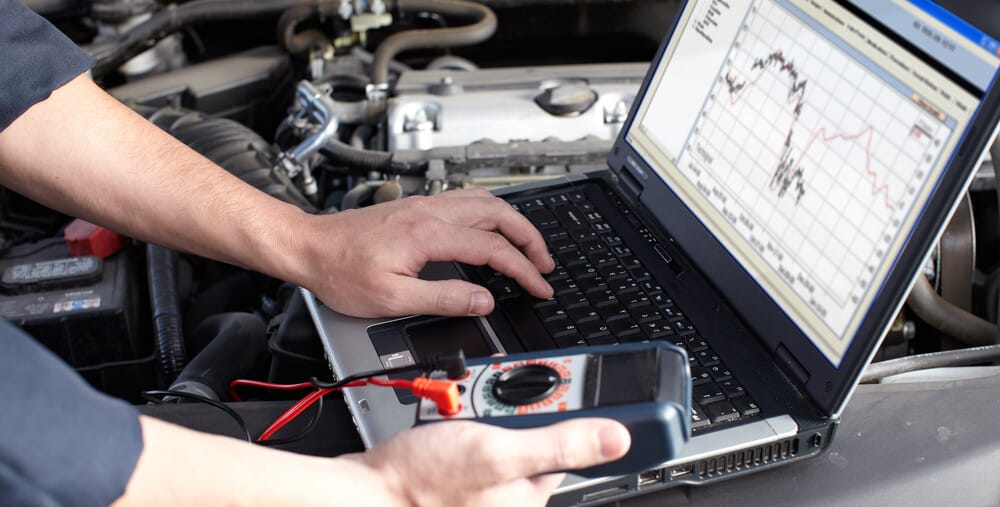
A full diagnosis is the best thing you can do with any problem with your car. It will keep you from wasting money just guessing which parts are faulty and it’s actually pretty fun too.
Here is a quick guide on how a mechanic would start the diagnosis if he receives a customer car that has limp mode activated. You may need some special diagnostic tools to follow this guide fully.
- Connect an OBD2 scanner and check the trouble codes. When the limp home mode is activated, there is always a trouble code stored in the engine control module or the transmission control module. If you can’t find any trouble codes, you may want to try another diagnostic scanner.
- Research the trouble code you find in the memory and continue the troubleshooting with that information. You can find a lot of information about error codes here on our website, just save the error code number and search for it here.
- Check the boost pressure sensor with your diagnostic tool in live data. Make sure it gives realistic readings when idling or revving. Replace if faulty.
- Use a vacuum or pressure gauge to test the wastegate and make sure it moves freely. Use your diagnostic tool to test the boost control sensor by testing it while pressurizing or vacuuming the wastegate. Replace the sensor or replace the wastegate if faulty.
- Check for intake leaks with an EVAP smoke machine. Repair any possible leaks or replace a faulty PCV valve .
- Check the MAF sensor values, O2 sensors, engine coolant temperature sensor, throttle position sensor, and air temperature sensor. Replace if faulty.
If you can’t find any faulty parts and solve the issue using the methods above, you may want to consult a professional mechanic.
Can I drive my car in limp mode?
Yes, you can drive your car in limp mode, but it is not recommended and therefore should only be done on the way to a mechanic. Driving in limp mode can help you get to a service center or mechanic without causing further damage to your car. However, the safest way – if you want to be 100% sure – is to tow your car to a repair shop instead of driving it.
How many miles can you drive in limp mode?
There is no fixed number of miles or kilometers you can drive with limp mode. It is not recommended to drive your car around in limp mode. Limp mode exists solely to drive your car to a workshop safely without damaging your car’s engine.
Can a bad battery cause limp mode?
It is possible for a bad battery to cause limp mode, but it’s actually not a very common cause of limp mode. You are more likely to notice other issues with your car if the battery is bad. However, low voltage can create a lot of weird problems with your car’s electronic computers, and limp mode is one of them.
How much does it cost to fix limp mode?
There’s no one-size-fits-all answer to this question, as the cost to fix limp mode will vary depending on the underlying cause of the problem. If you’re lucky, the limp mode is just caused by a loose connector which is free to fix. If you’re unlucky, it could be caused by a faulty turbocharger, which can cost over $3000 to fix.
Can low engine oil cause limp mode?
Although low engine oil itself does not cause limp mode, it can cause it indirectly. If the oil level is low, it can cause low oil pressure. If your car engine has low oil pressure, it can cause the timing chain tensioner to fail, or other oil-related problems that can cause limp mode.
Can bad spark plugs cause limp mode?
Yes, bad spark plugs can cause limp mode, but it’s not a very common cause. In fact, if a car’s spark plugs are in bad condition, it can cause all sorts of problems, including poor fuel economy, rough idling, and (of course) limp mode.
How to bypass limp mode?
There is really no way around limp mode other than repairing the problem. In some cases, you can reprogram the car’s engine control module to remove the damaged sensor from the system if possible, but this is not a recommended way to do it.
How to Reset Limp Mode?
To reset limp mode, you must first repair the problem that caused your car to activate limp mode in the first place. Most times, the ECM will reset itself after a while after the problem is fixed, but if you want to speed up the process, you should use an OBD2 scanner to reset the codes.
Limp mode can be an annoying feature, but it’s actually there to save your car from even more expensive repairs. Therefore, it is also important to take it seriously and stop driving your car if it is in limp mode and repair it as soon as possible.
This mode can be difficult to diagnose due to the number of issues that can cause it. Therefore, it’s important to connect a diagnostic scanner to see what’s causing the issue. I hope this article helped you and gave you the information you needed to diagnose and fix your car’s limp mode condition.
References:
Federal Motor Vehicle Safety Standards; Accelerator Control Systems
Learn more:
- Car Diagnostic – How to Troubleshoot Car Problems (Guide)
- Check Engine Light Flashing? (Here’s What to Do)
- How to Reset a Check Engine Light (5 Easy Methods)
Tags: sticky
Categories: Engine
